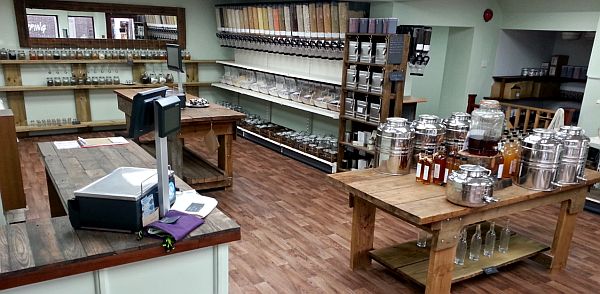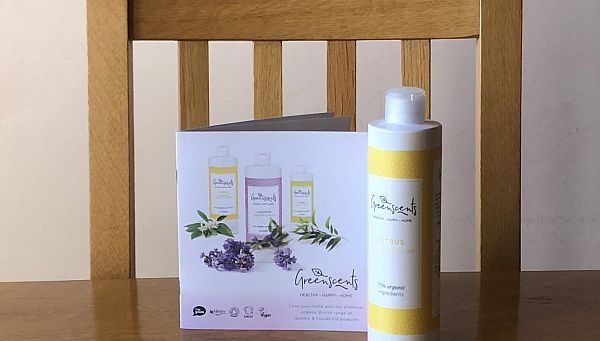
November is World Vegan Month and it’s a time that more and more people every year start to consider the change towards a plant based diet and a way of life which excludes anything which is derived from animals or fish. However, it can be difficult to know for sure that you are actually avoiding non-vegan products.
The first step to becoming a vegan
When you’ve made the decision to become a vegan, the first thing you will probably think about is adapting your diet to stop eating meat, fish, dairy, eggs and anything which includes animal or fish derived ingredients. This It? is a lot easier to avoid non-vegan products if you cook from fresh and avoid processed, ready-made foods. There are so many fresh and unpackaged options available, particularly in the growing number of zero waste shops, where you can go and fill up your own containers with wholegrains, dry pulses, seeds and nuts, which form the basis of a vegan diet. This is a very sustainable way to shop and money-saving too!

What other changes should you be making?
So changing your diet is the easiest part. Next you might think about replacing leather items you have, such as shoes and bags. There are quite a few vegan companies who use alternatives to leather as well as avoiding animal glue. Most shoe manufacturers use animal glue even if the shoe itself is not leather.
What other non-vegan ingredients should you be looking out for?
So food and leather items are the obvious choices to change and it is fairly easy to distinguish between vegan and non-vegan products. But it gets a lot more complicated when you start to look at other aspects of your life.
Have you thought about all the products you use in your daily personal care regime such as make-up, beauty products, toothpaste not to mention laundry and household products?

Here is a list of some ingredients which are not vegan and are less easy to spot:
- Lecithin can be animal or dairy derived and is used in shampoos and conditioners
- Tallow dimethyl ammonium chloride (animal fats) is used in many fabric softeners
- Fish Scales are used in makeup to create a shimmery effect
- Glycerol (also known as glycerine or glycerin) can be vegan but if it isn’t specified it is best to avoid. It can be found in personal care products like soap
- Keratin is a protein derived from animal hair, bones, hooves, nails, claws, shells, and beaks. It is often found in haircare products.
- Mink Oil is an oily substance from mink fat and is found in personal care and beauty products, as well as shoe polish
- Beeswax is produced by worker bees in hives and is used to build honeycombs. It is found in most furniture polishes
So what ingredients are used instead in vegan products?
At Greenscents all our ingredients are certified by The Vegan Society, giving you peace of mind. Here are some of the ingredients we use instead of the non-vegan products above.
- Aloe vera juice is in our Laundry Conditioner instead of tallow
- Olive oil and jojoba oil is in our Creamy Polish instead of beeswax
- Glycerine in our products is vegan and made from organic coconuts
- Potassium cocoate is from coconut oil and is used in our Castile Soap instead of other non-vegan ingredients

How can you be sure that you are buying truly vegan products?
The whole Greenscents range is certified by The Vegan Society as well as Cruelty Free International. We believe that third-party certification like this is the only way to give our customers peace of mind and we recommend that you look for the Vegan Society logo on the products you buy. They list all the products certified by them on their website.


